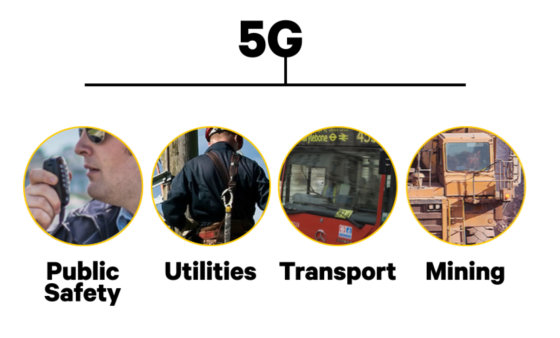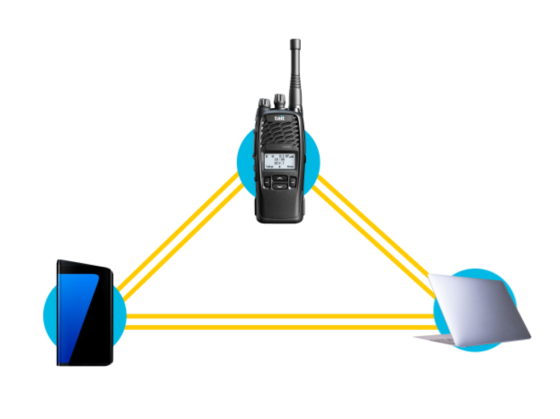Introduction to Broadband and Convergence
What is Convergence?
The Revolution in Critical Communications
Why is everyone talking about unified critical communications?
Communications have never been more important than they are today. Businesses, public safety, utilities, and other enterprises rely on communications being available all the time.
For years, critical communications have been defined by the major land mobile radio digital technologies including TETRA, P25, and DMR.
The parameters for mission critical voice and data services have been framed by what land mobile radio could deliver. But now, some are saying that LTE (or Long Term Evolution) and eventually 5G will better meet all the core requirements of public safety, utilities, transport, mining and other critical communications users.

These technologies won’t replace their predecessors overnight, but the transition to embrace broadband data has already begun, and users should start planning now for this future.
However, there is a new model for critical communications called unified critical communications.
Unlike traditional critical communication solutions, unified critical communications replaces traditional single technology solutions with communications over multiple bearers.

Unified critical communications combine the strengths of different technologies while mitigating their weaknesses. It also integrates different networks so that they are managed as one. This enables organizations and agencies to deliver critical communications to their personnel as a service.
In this course, we will look at some of the technologies and issues that have triggered this communications revolution. Our goal is to provide you with a foundation to begin planning for your own organization’s critical communication future.
Let’s get started!
 Radio Academy
Radio Academy




